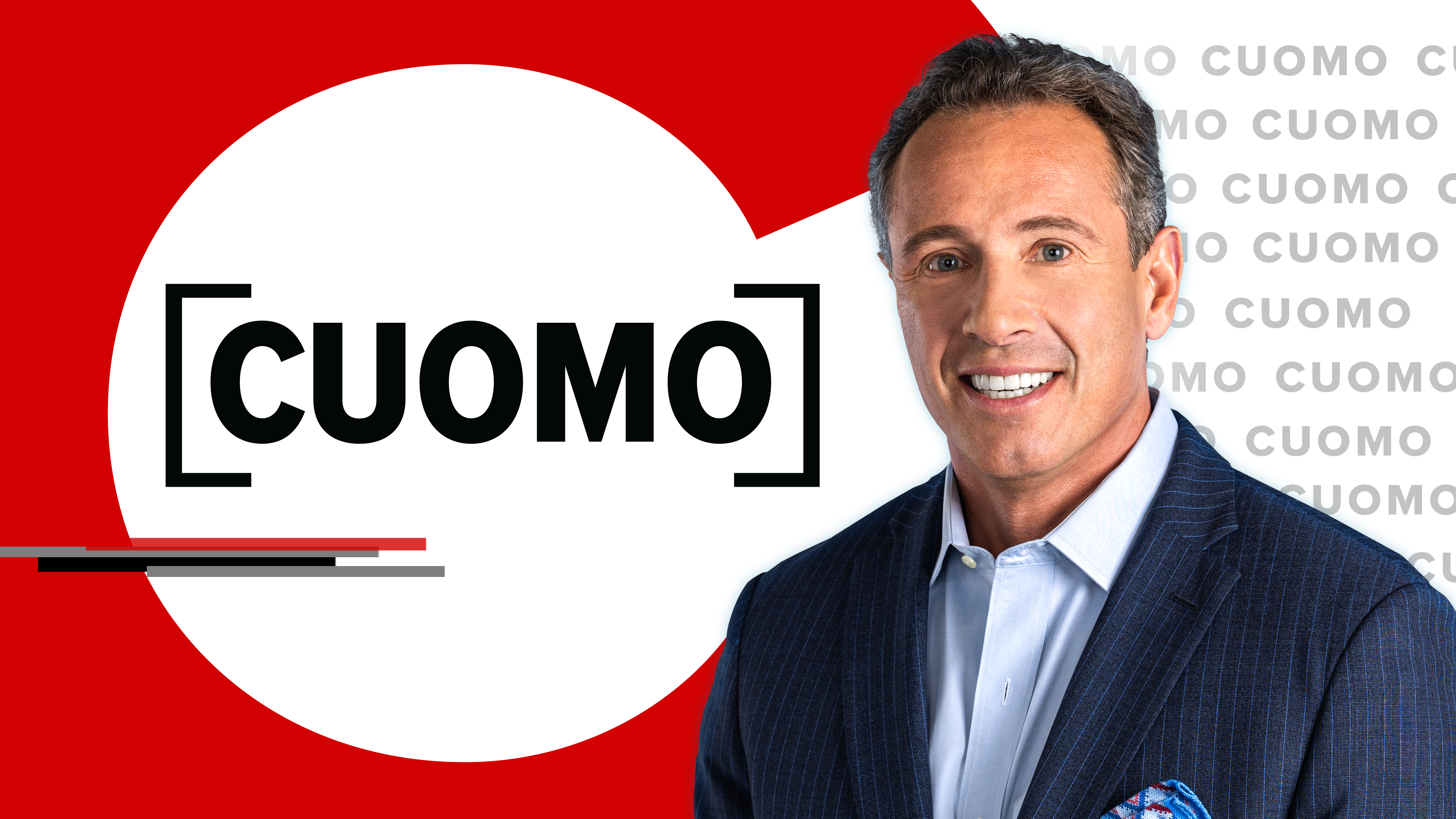(NewsNation) — Some U.S. school districts that removed police officers in the wake of George Floyd’s murder in 2020 are rethinking what safety experts called a “knee-jerk reaction” as fights and incidents with guns that endanger students spark concern.
But the philosophy that students are safer with school resource officers (SROs) roaming school hallways remains contested by those who believe they overpolice some under their watch, especially among Black and brown pupils.
After months of debate, the Los Angeles Unified School District could be the next to pivot toward putting SROs back on school patrols.
A LAUSD Board of Education task force has recommended bringing officers back after the number of fights and physical altercations jumped 54% last school year, the Los Angeles Times reported.
A jump in weapons, suicide threats and other complaints of violence led the task force to push for officers’ return as part of a new district safety plan, according to the Times.
If successful, Los Angeles would join cities like Denver and Milwaukee that reversed course after previously ending their working relationship with local police departments.
Following Floyd’s death, 50 districts cut ties with SROs, and as of 2022, eight have brought them back, Education Week reported. More have joined that list in the last year and a half.
Schools felt “buyer’s remorse” after removing SROs four years ago, according to Mo Canady, the executive director of the National Association of School Resource Officers.
Why are SROs returning to schools?
In Milwaukee, state lawmakers required the school district to bring SROs back as part of the state’s shared revenue agreement with the city, Wisconsin Public Radio reported.
Meanwhile, Denver voted to bring back officers in response to gun-related incidents, including a shooting at one of the district’s high schools, according to NewsNation local affiliate KDVR.
Ken Trump, the president of National School Safety and Security Services, told NewsNation that while school shootings remain a top concern, they only represent a blip on the radar of situations that SROs are trained to handle.
“The public perception is that these are cuff-’em-and-stuff-’em-programs and that (officers) are there to make arrests,” Trump said. “The good SRO programs are about prevention. But you can’t quantify prevention like you can quantify arrests.”
Canady added that SROs are the “most unique position in law enforcement” that requires officers to walk a fine line between cop, school counselor and student advocate who is trained to deal with anything from trespassing to an active shooter.
Opponents say SROs alienate some students
Cassie Creswell, the executive director and president of Illinois Families for Public Schools, told NewsNation that the presence of an armed SRO causes distrust of adults among students.
The presence of local officers creates an alienating culture of punishment rather than one of support, she said, adding that studies show it falls hardest on students of color, disabled students and those from low-income families.
“Emotionally, people are very attached to the idea that the police keep us safe,” Creswell said. “But if you actually look at the data, police are not keeping students schools safe. So there’s just a divide there, and it takes openmindedness looking at that.”
In Chicago, students and community members voiced a similar opinion. Earlier this year, the city’s school district voted to remove SROs from the last 39 school buildings that still had them, NewsNation local affiliate WGN reported.
“We want to get the cops out of the school building so we can get the programs that we need,” Hyde Park Academy student Makayla Acevedo said before the vote.
The district must have a new safety plan in place by June, according to WGN. Mayor Brandon Johnson, a former teacher, gave his blessing to pull officers from schools in exchange for an initiative that is more “holistic.”
SROs as ‘safety problem-solvers’
The concerns about SROs are legitimate, said Michael Scott, a clinical professor at the School of Criminology & Criminal Justice at Arizona State University.
He says the core issue at play is what the role of officers should play — or not play — in the context of policing schools.
Too many times, they don’t have a clear and adequate definition of what the role should look like, he said.
“They get tugged in different directions from by school principals, by teachers, by students, by parents, by their own police agency, by school boards,” Scott told NewsNation.
“I think sometimes, (the role) is left by default to the officer to figure out. Sometimes, they’re just told, ‘You’re the school officer. Go to the school and police,'” he also said.
Some schools are working on figuring that out. In Milwaukee, school leaders work with community stakeholders to define the officers’ roles.
Scott said he prefers a model in which SROs become a “safety problem-solver” rather than one designed to dole out punishments, which can lead to criticism of overpolicing.
Canady agrees that an SRO’s role must be clearly defined and sees that as a better solution than removing officers altogether.
“If there’s a problem with the SRO program or with an officer in a school, let’s fix that situation as opposed to … throwing the baby out with the bathwater,” Canady said. “I think (the 2020 response) was absolutely a knee-jerk reaction, and so it’s interesting that four years after everything that happened (some districts) are going back in time.”






